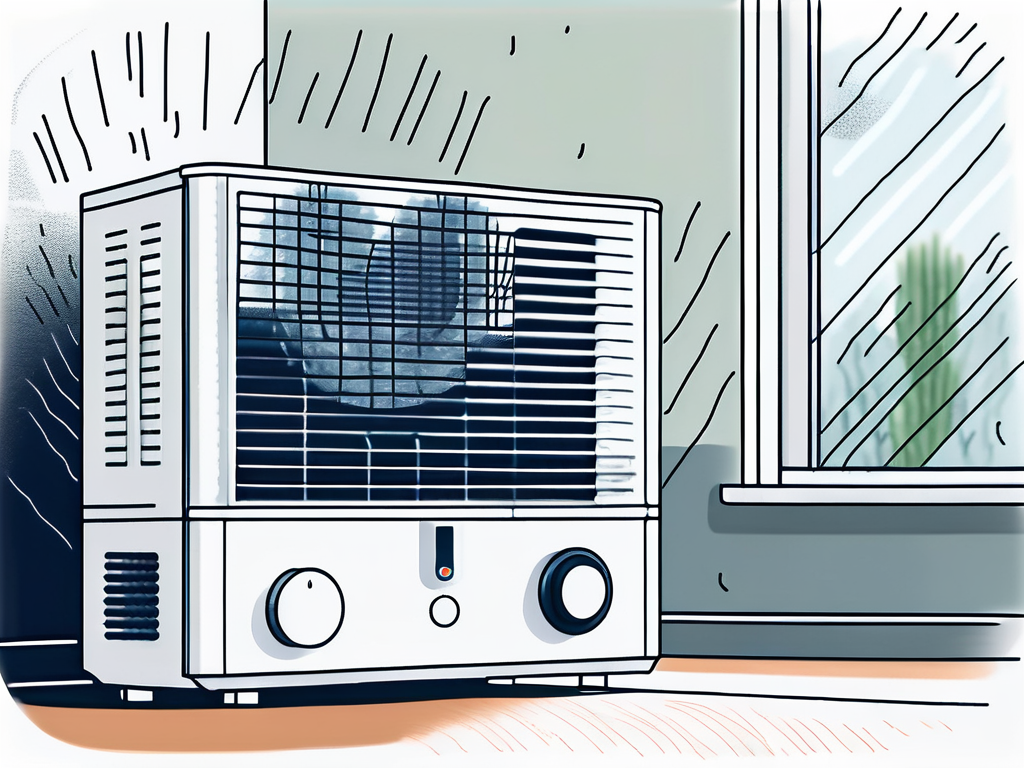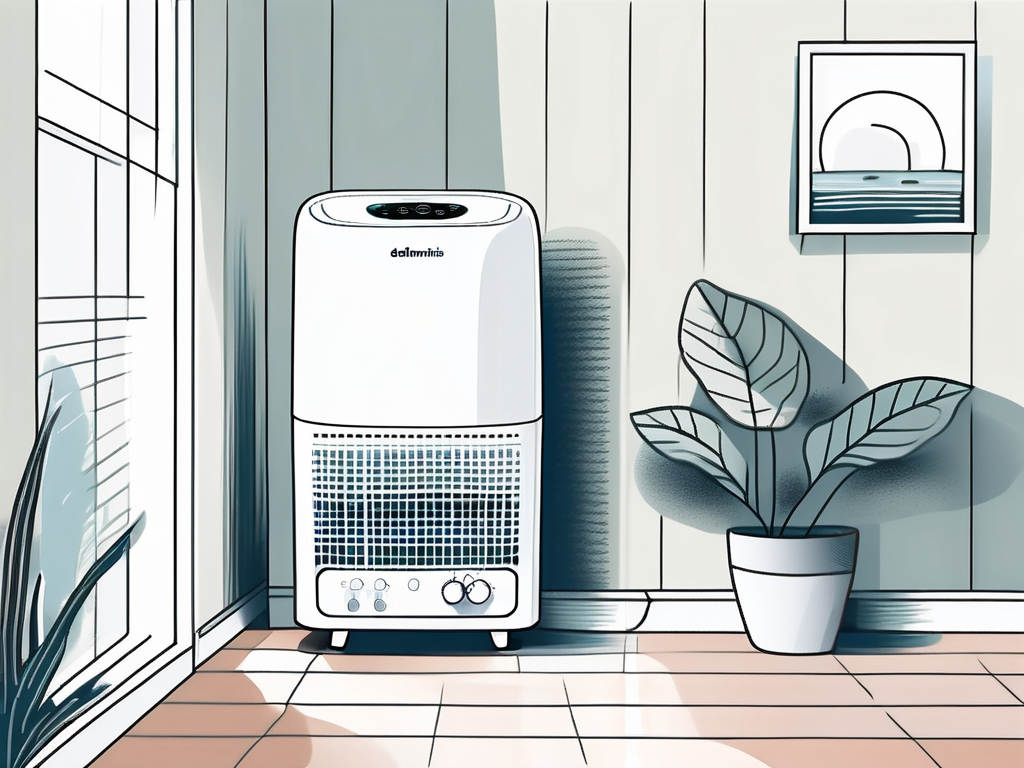Condensation is a fundamental aspect of humidity control that is often misunderstood or overlooked. This glossary article aims to provide a comprehensive understanding of condensation in the context of humidity control, exploring its causes, effects, and the various methods used to control it.
Humidity control is an essential aspect of maintaining a comfortable and healthy environment, whether in our homes, workplaces, or other indoor spaces. Understanding the role of condensation in this process can help us better manage our environments and mitigate potential problems associated with excessive moisture.
The Science of Condensation
Condensation is a physical process that involves the change of state from a gas or vapor to a liquid. This process occurs when a vapor, such as water vapor, cools down and loses its capacity to hold moisture, leading to the formation of liquid droplets. In the context of humidity control, the vapor in question is typically water vapor in the air.
Condensation is directly related to the temperature and humidity levels in the air. When warm, humid air comes into contact with a cooler surface, it can’t retain the same amount of moisture and releases some of it in the form of condensation. This is why we often see condensation on windows, mirrors, and other cool surfaces.
Relative Humidity and Dew Point
Two key concepts in understanding condensation are relative humidity and dew point. Relative humidity is a measure of how much moisture the air is holding relative to the maximum amount it could hold at a given temperature. When the air reaches 100% relative humidity, it is saturated and cannot hold any more moisture, leading to condensation.
The dew point is the temperature at which the air becomes saturated and condensation begins to form. If the air temperature drops below the dew point, condensation will occur. Therefore, controlling the temperature and humidity levels can help prevent condensation and manage humidity.
Effects of Condensation
Condensation can have various effects, both beneficial and detrimental. On the positive side, condensation plays a crucial role in the water cycle, contributing to the formation of clouds and precipitation. It is also used in various industrial processes, such as distillation and refrigeration.
However, in indoor environments, excessive condensation can lead to problems such as dampness, mold growth, and damage to materials and structures. It can also contribute to poor indoor air quality and health problems, particularly for people with allergies or respiratory conditions. Therefore, controlling condensation is a key aspect of humidity control.
Methods of Controlling Condensation
There are several methods for controlling condensation, ranging from simple behavioral changes to the use of specialized equipment. The appropriate method depends on the specific circumstances, including the severity of the condensation problem, the characteristics of the space, and the available resources.

It’s important to note that effective condensation control often involves a combination of methods, and it may require ongoing monitoring and adjustment to maintain optimal conditions. Moreover, while some methods can be implemented by individuals, others may require professional expertise.
Ventilation
Ventilation is one of the most basic and effective methods of controlling condensation. By allowing fresh air to circulate, ventilation helps to disperse moisture and reduce the humidity level. This can be achieved through natural ventilation, such as opening windows and doors, or through mechanical ventilation systems, such as fans and air conditioning units.
However, ventilation must be balanced with the need to maintain a comfortable temperature and energy efficiency. In some cases, it may be necessary to use heat recovery ventilation systems, which extract moist air and replace it with fresh air, while recovering the heat to minimize energy loss.
Heating and Insulation
Heating and insulation can also help control condensation by maintaining a stable temperature and reducing the likelihood of surfaces becoming cold enough for condensation to form. By keeping the temperature above the dew point, heating can prevent the air from becoming saturated and causing condensation.
Insulation, on the other hand, helps to keep the surfaces of walls, ceilings, and floors warm, reducing the contrast between the temperature of the air and the temperature of these surfaces. This can be particularly effective in preventing condensation on windows and other areas where cold bridging occurs.
Dehumidification
Dehumidification is another effective method of controlling condensation. Dehumidifiers work by removing excess moisture from the air, thereby reducing the humidity level and the risk of condensation. There are various types of dehumidifiers, including refrigerant dehumidifiers, which cool the air to condense the moisture, and desiccant dehumidifiers, which use a moisture-absorbing material to draw moisture from the air.
While dehumidifiers can be highly effective, they also require energy to operate and may contribute to dry air if used excessively. Therefore, they should be used judiciously and in conjunction with other methods, such as ventilation and heating.
Considerations in Humidity Control
While controlling condensation is a key aspect of humidity control, it’s important to consider the broader context and the various factors that can influence humidity levels and condensation. These include the climate, the design and construction of the building, the activities and behaviors of the occupants, and the specific requirements for comfort and health.

Moreover, it’s important to recognize that humidity control is not just about preventing problems, but also about creating a comfortable and healthy indoor environment. This requires a holistic approach that considers all aspects of indoor air quality, including temperature, humidity, ventilation, and air purity.
Climate and Weather
The climate and weather conditions can have a significant impact on humidity levels and condensation. In humid climates or during periods of high humidity, such as rainy seasons, the risk of condensation is higher. Therefore, humidity control strategies may need to be adjusted according to the climate and weather conditions.
Moreover, the outdoor temperature can affect the indoor temperature and the dew point, influencing the likelihood of condensation. For example, in cold weather, the contrast between the indoor and outdoor temperature can increase the risk of condensation, particularly on windows and other surfaces that are in contact with the outside.
Building Design and Construction
The design and construction of the building can also influence humidity levels and condensation. Factors such as the orientation of the building, the type and amount of insulation, the ventilation system, and the materials used can all affect the temperature and humidity conditions inside the building.
For example, a building with poor insulation may have cold surfaces that are prone to condensation, while a building with inadequate ventilation may have high humidity levels. Therefore, building design and construction should be considered in any humidity control strategy.
Occupant Behavior and Activities
The behavior and activities of the occupants can also affect humidity levels and condensation. Activities such as cooking, bathing, and drying clothes can generate a lot of moisture, leading to increased humidity and potential condensation problems. Therefore, it’s important to manage these activities and use appropriate ventilation and moisture control measures.
Similarly, the way the occupants use the heating and ventilation systems can influence the indoor climate. For example, keeping the heating on too high or not using the ventilation system properly can lead to imbalances in temperature and humidity, contributing to condensation problems.
Conclusion
Understanding condensation and its role in humidity control is crucial for maintaining a comfortable and healthy indoor environment. By understanding the science of condensation, the effects of condensation, and the various methods of controlling it, we can better manage our environments and mitigate potential problems associated with excessive moisture.

While this glossary article provides a comprehensive overview of condensation in the context of humidity control, it’s important to remember that each situation is unique and may require a tailored approach. Therefore, it’s always advisable to seek professional advice when dealing with complex humidity control issues.




